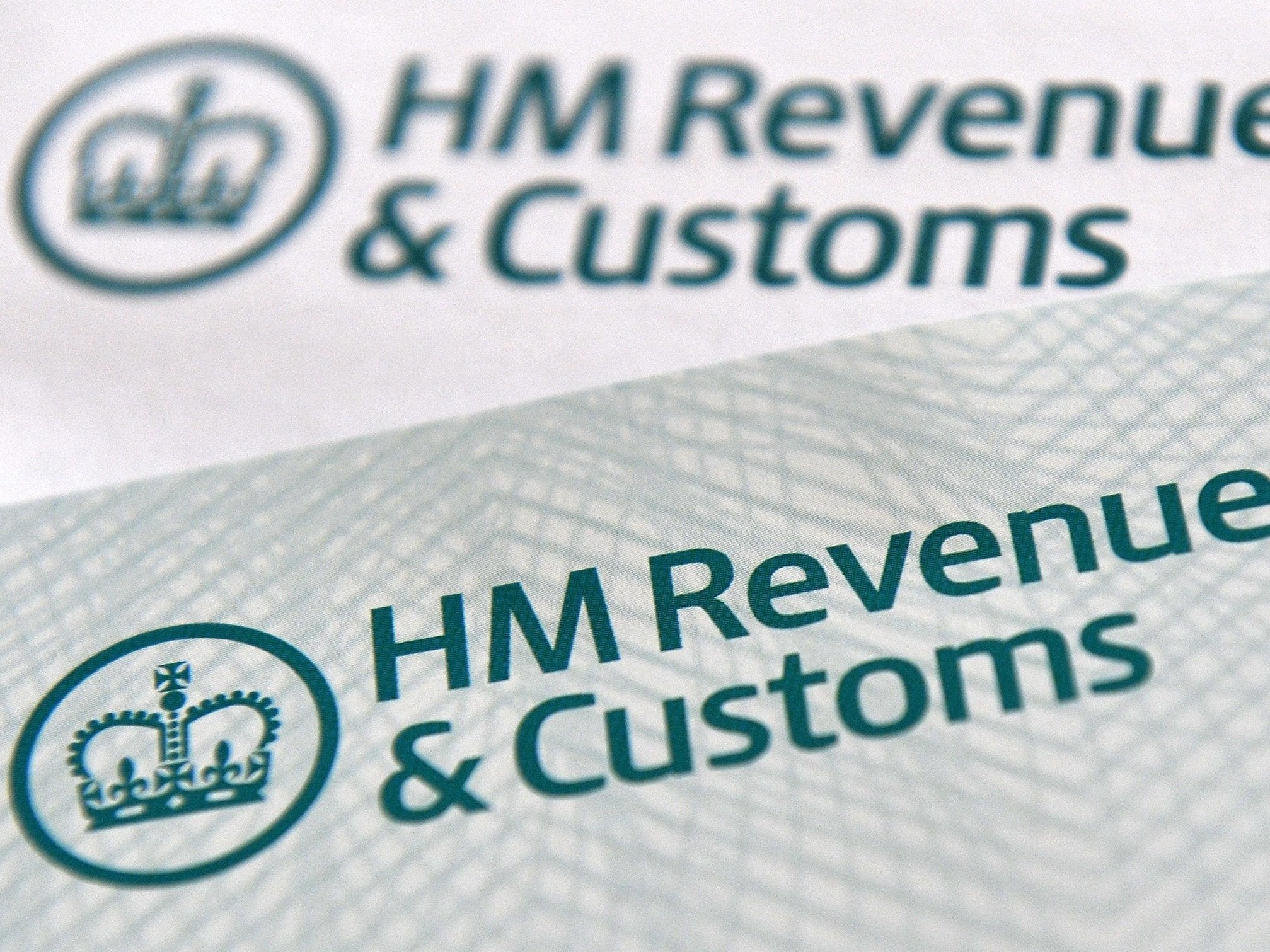Billions are being lost due to tax avoidance – yet a weak HMRC is trying to pretend everything’s fine
By leaving out large and important areas of tax avoidance, the government is able to claim the UK has one of the lowest tax gaps in the world. The claim is laughable

Every year, HMRC publish their estimate of the tax gap – the amount of tax they claim is lost though avoidance, evasion, omission and error.
At £35bn, the government’s official estimate of tax losses is now the highest it has ever been in cash terms since figures were first published in 2008. That is £673m a week if you wanted to paint it on the side of a big red bus - almost 3 times the police budget which stands at £12.3bn. Worryingly these estimates have been increasing sharply in recent years. The tax gap has increased by 17 per cent since 2016 when the figure was £30bn.
If you think that sounds bad, the reality is much worse.
If you dive into the detail of HMRC’s research, you quickly see that the tax gap is not a measure of tax avoidance that anyone would recognise. For example, the way in which HMRC calculates the tax gap specifically excludes profit shifting by multinational companies, the kind of tax avoidance strategies used by Google, Starbucks, Facebook and others.
Profit shifting is thought to cause the Treasury losses of many billions a year. Indeed a study by TaxWatch of profit in the tech industry estimated losses of £1bn a year from just five US tech companies.
Also not included are any schemes that take advantage of legal loopholes. This includes cases where HMRC have judged something to be a tax avoidance scheme in the past, but have then lost the case through the courts. Part of HMRC’s job is to advise the government on policy change designed to stop abusive tax avoidance structures, but the potential gains from any legislative changes are not included in the tax gap figure.
By leaving out large and important areas of tax avoidance, the government is able to claim that at just 5.6 per cent of the total tax bill, the UK has one of the lowest tax gaps in the world. The claim is laughable.
HMRC themselves say that they are the only tax authority in the world which regularly publishes an estimate of tax losses for a comprehensive range of taxes. It is easy to be a world leader in a world of one.
Many countries publish tax gaps looking at the tax gap on specific taxes such as VAT. As the tax gap varies considerably between different types of taxes, it is not possible to compare the UK’s broad tax gap figure with these estimates. However, when the figures are compared on a like for like basis (i.e. comparing the UK VAT gap with other VAT gaps) the UK does not perform particularly well.

According to the European Commission, the UK has the 11th highest VAT gap out of the 28 member countries, expressed as the percentage loss of total potential VAT revenues.
Where countries do publish more comprehensive estimates, they often use very different methodological approaches which are known to produce higher estimates of tax losses than the approach deployed by HMRC.
All of this points to a government which is failing to take tax avoidance seriously, and the result is a lack of investment in tackling the problem.
The figures speak for themselves. Since HMRC was founded in 2006 out of a merger between HM Customs and the Inland Revenue, the department has been progressively de-funded. Over that period the department has lost over 40,000 staff from a total of 104,000.
Few people care about having fewer tax inspectors in the same way that they care about cuts to other public services, so governments of all colours don’t mind being seen cut to HMRC as an easy way of saving money.
But cutting back on tax collection is a false economy, and recent research by Dr Arun Advani of the University Warwick demonstrates that the case for investing more in HMRC is unanswerable.
In a paper published by the Social Market Foundation, Dr Advani demonstrates that the average targeted audit of a tax payer costs on average £2,500, but brings in between £10,000-£15,000 in previously unpaid tax. Despite the very large benefit for the government, the number of audits have been falling, even though HMRC now has more data than ever and so a better chance of finding people who have not been paying their fair share.
So isn’t it time for the government to stop hiding behind HMRC’s flawed figures, and face up to the challenge of tax avoidance? A good start would be to stop leaving it up to HMRC to mark their own homework, and invest more effort in going after tax avoiders.
George Turner is director of Tax Watch
Join our commenting forum
Join thought-provoking conversations, follow other Independent readers and see their replies
Comments
Bookmark popover
Removed from bookmarks